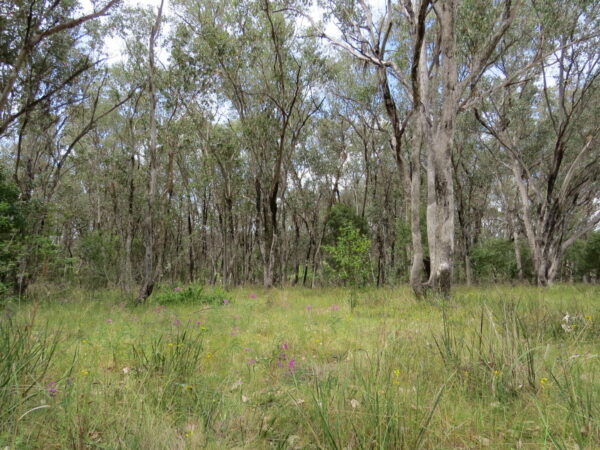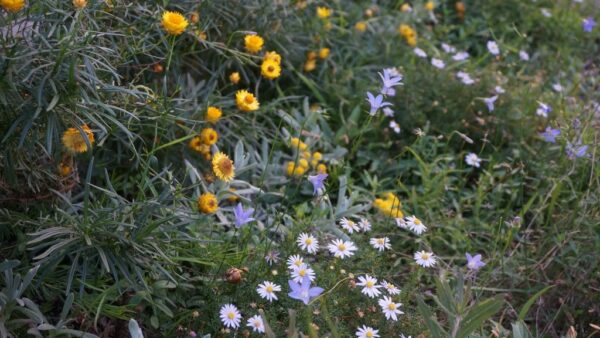Virtual ‘time travel’ enables study of precious woodlands
It’s now possible to ‘travel back in time’ and take a virtual walk through intact Box-Gum Grassy Woodlands thanks to a new tool developed with the help of CSIRO science.
A new virtual reality tool allows our researchers to ‘take a walk on the wild side’, and to experience and study the endangered Box-Gum Grassy Woodlands before and after key events that have shaped them over time.
This tool or ‘immersive visualisation’ incorporates a virtual ecology that includes reproduction of plant and animal life and even the characteristic sounds of these settings, enabling CSIRO ecologists including Anna Richards and Jacqui Stol, to study this ecosystem like never before.
“There are very few places left in Australia where you can study healthy, intact ecosystems,” according to Anna. “These immersive landscapes have the potential to become important resources for the study and conservation of endangered ecologies.”
The tool enables the study of intact woodlands allowing researchers to accurately observe how environmental changes across time, seasons and events like land use, bushfires, climate change and other pressures have affected them.
This type of ‘time-travel’ in the name of research was made possible through a collaboration led by Monash University IT with CSIRO, Pennsylvania State University and Australia’s Department of Agriculture, Water and the Environment. Anna was a co-author on the work which was published in Landscape Ecology.
The Box-Gum Grassy Woodlands have significantly declined since the 1800s due to grazing from sheep and cattle, land clearing for agriculture, rural and urban developments as well as bushfire and climate impacts.
“Considering we can ‘see’ the landscape after it has been impacted by bushfires, this could be a vital tool for land managers and policy makers to explore and prepare for a changing future,” Anna says.
Gaining extra insights into the Ginninderra woodlands
The Box-Gum Grassy Woodlands at CSIRO Ginninderra are quite well known to local residents, Scout groups and community members, who have taken part in shrub planting events over the past five years.
“At Ginninderra, we are fortunate to have more than 100 ha of these woodlands ranging in size and the quality of their condition,” according to CSIRO ecologist and woodland expert Jacqui Stol.
“Most importantly in recent years we have been restoring and regenerating some of those woodland areas with the help of many community volunteers, the Aboriginal Green Army and ongoing work of our science team. Together we have successfully reintroduced a shrub layer through a patchwork mosaic of plantings and those shrubs are flourishing and providing new habitat for our native woodland birds.”
“This virtual reality tool can help us to understand and continue the restoration work in the Ginninderra Box-Gum Grassy Woodlands,” Jacqui says.



